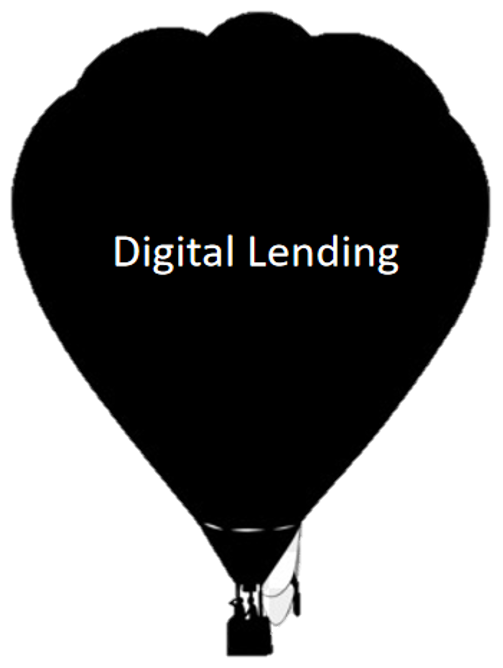Digital lending Balloon: Navigating the path to growth
-Dayita Kanodia, Executive finserv@vinodkothari.com
“Ignoring technological change in a financial system based upon technology is like a mouse starving to death because someone moved their cheese.” – Chris Skinner[1]
Unprecedented growth of the sector
From pawnbrokers lending money in exchange for collateral to the use of sophisticated technologies to carry out credit underwriting, the landscape of lending business has evolved significantly in the last century. Today, it is hard to find a financial institution which is carrying on business without digitising any aspect of its lending process. With rapid advancements in cloud computing, artificial intelligence, and blockchain, as well as faster and more affordable internet connectivity, it is safe to say that the brick and mortar model for lending business will soon be a matter of the past.
The Global Digital Lending Market is valued at USD 11.33 Billion in the year 2022 and is anticipated to reach a value of USD 30.77 Billion by the year 2030. [2]
Read more →

